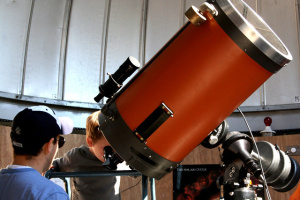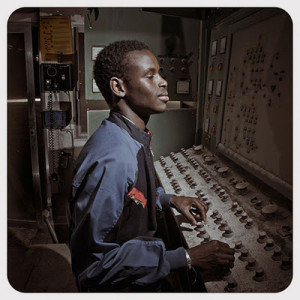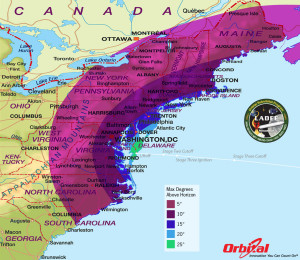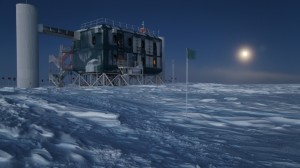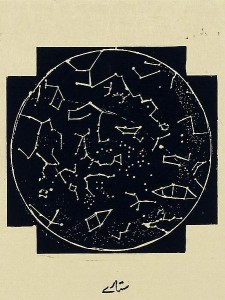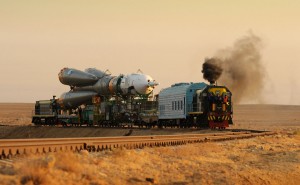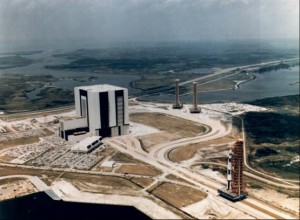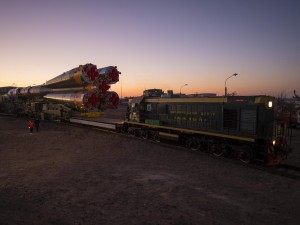 NEFAF is back! The New England Fall Astronomy Festival is this weekend, September 9 & 10 (Friday and Saturday) at the Durham campus of University of New Hampshire. This year’s special guest and keynote speaker is Dr. Seth Shostak (SETI). He’ll be talking to students and faculty on Friday, September 9th at 1:00 PM in the Strafford Room on the UNH-Durham campus and also giving the Keynote Address from 7:00-8:15 p.m. at the Main Tent at UNH Observatory.
NEFAF is back! The New England Fall Astronomy Festival is this weekend, September 9 & 10 (Friday and Saturday) at the Durham campus of University of New Hampshire. This year’s special guest and keynote speaker is Dr. Seth Shostak (SETI). He’ll be talking to students and faculty on Friday, September 9th at 1:00 PM in the Strafford Room on the UNH-Durham campus and also giving the Keynote Address from 7:00-8:15 p.m. at the Main Tent at UNH Observatory.
There are tons of activities on the schedule for kids (building rockets!) this weekend, in addition to lectures from notable amateur and professional astronomers aimed at the adults in the crowd. Don’t miss the Saturday afternoon discussion panel with John Gianforte (The Sky Guy), Dr. David Kipping, Dr. Seth Shostak, Dr. Suzanne Young, and Dr. Harlan Spence. And stick around: S&T‘s Kelly Beatty will be talking about the 2017 total solar eclipse.
On Friday night, Joel Harris will give a tour of the night sky for novice observers. Marc Stowbridge will be giving the Saturday night sky tour. I’ve been looking at the sky my entire life, and I still haven’t gotten tired of listening to/watching sky tours. The UNH Observatory will be open, so this is your chance to look through a 14-inch telescope.
I’m reprinting the full NEFAF schedule here, but you should check out the NEFAF facebook page for more details.
NEFAF Program Listing for Friday, September 9
1:00-2:15 PM: Dr. Seth Shostak Lecture (Strafford Room MUB-UNH)
4:00-6:00 PM: Special Reception for Dr. Shostak (tickets required) (Three Chimneys Inn)
7:00-8:15 PM: Keynote Address NEFAF Kick-Off (Main Tent UNH Observatory)
8:15 PM- ?: General Night Sky Observing (UNH Observatory & Surrounding Fields)
8:15-8:45 PM: Joel Harris (NHAS) Beginners’ Laser Pointer Sky Tour (UNH Observatory & Surrounding Fields)
9:00-9:30 PM: Joel Harris (NHAS) Beginners’ Laser Pointer Sky Tour (UNH Observatory & Surrounding Fields)
NEFAF Program Listing for Saturday, Sept 10, 2016
10:00 AM: NEFAF Gates Open
*Ramon’s Food & Coffee Cart Open Morning, Noon and Night
10:00-4:30 PM: Kids’ Hands On Science Activity Center (Main Tent)
10:00-6:30 PM: Search the NEFAF Universe for Clues! NEFAF AstroScavenger Hunt! Start your hunt in the Main Tent.
10:00-4:30 PM: Kids’ AstroGames Outside Game Venue (East of Observatory)
11:00-12:00 PM: NHAS Telescope Clinic – Care for neglected or uncooperative telescopes (NHAS Booth in the Main Tent)
10:00 AM: Raffle Ticket Sales Open – Front Gate, Main Tent near microphone and roving sales throughout the day!
10:00-6:30 PM: A Walk Through the Solar System (North Field)
11:00 AM: Safe Solar Observing (Observatory & just outside the NHAS Booth – Main Tent)
11:00-12:15 PM: Want to be a Rocketeer? Join a class to build and launch your own rocket! (Main Tent) (each of three classes is limited to 15; sign-up is required on site)
12:30-1:45 PM: Want to be a Rocketeer? Join a class to build and launch your own rocket! (Main Tent) (each of three classes is limited to 15; sign-up is required on site)
2:00-3:15 PM: Want to be a Rocketeer? Join a class to build and launch your own rocket! (Main Tent) (each of three classes is limited to 15; sign-up is required on site)
3:00 PM: Solar Oven Cook-Off! Whose solar oven design is best at cooking a snack? (Outside of Main Tent)
11-5:30 PM INFORMAL SCIENCE TALKS BEGIN – Speaker’s Tent
11:00 AM: Bob Villeux NHAS Rocks From Space!
12:00 PM: Jeff Baumgardner Boston University Everything you Wanted to Know About Telescopes
1:00 PM: Rich DeMidio NHAS About the New Hampshire Astronomical Society
1:30 PM: ASTRO PANEL Dr. David Kipping, Dr. Seth Shostak, Dr. Suzanne Young, Dr. Harlan Spence and John Gianforte
2:45 PM: J. Kelly Beatty Sky & Telescope Magazine Where and How to View the August 21, 2017 Total Solar Eclipse
3:45 PM: Dr. David Mattingly UNH, Physics Gravity Waves – What They Tell us About the Universe
4:35 PM: John Blackwell Phillips Exeter Academy A Look at LARGE Telescopes in Chile!
5:15 PM: RAFFLE DRAWINGS! (Outside Main Tent)
6:00 PM -?: Night Sky Observing (UNH Observatory and Surrounding Observing Areas)
7:30-8:00 PM: Marc Stowbridge (NHAS) Laser Pointer Sky Tour (Beginners’ Observatory Area)
9:00-9:30 PM: Marc Stowbridge (NHAS) Laser Pointer Sky Tour (Advanced Observatory Area)
EXHIBITORS IN THE MAIN TENT 10:00AM – 4:00 PM
- New Hampshire Astronomical Society (NHAS)
- University of New Hampshire Physics Department
- Mount Washington Observatory (MWO)
- McAuliffe-Shepard Discovery Center (M-SDC)
- UNH Society of Black Engineers
- University of New Hampshire Techcamp
- Gloucester Area Astronomy Club (GAAC)
 NEFAF is back! The New England Fall Astronomy Festival is this weekend, September 9 & 10 (Friday and Saturday) at the Durham campus of University of New Hampshire. This year’s special guest and keynote speaker is Dr. Seth Shostak (SETI). He’ll be talking to students and faculty on Friday, September 9th at 1:00 PM in the Strafford Room on the UNH-Durham campus and also giving the Keynote Address from 7:00-8:15 p.m. at the Main Tent at UNH Observatory.
NEFAF is back! The New England Fall Astronomy Festival is this weekend, September 9 & 10 (Friday and Saturday) at the Durham campus of University of New Hampshire. This year’s special guest and keynote speaker is Dr. Seth Shostak (SETI). He’ll be talking to students and faculty on Friday, September 9th at 1:00 PM in the Strafford Room on the UNH-Durham campus and also giving the Keynote Address from 7:00-8:15 p.m. at the Main Tent at UNH Observatory.